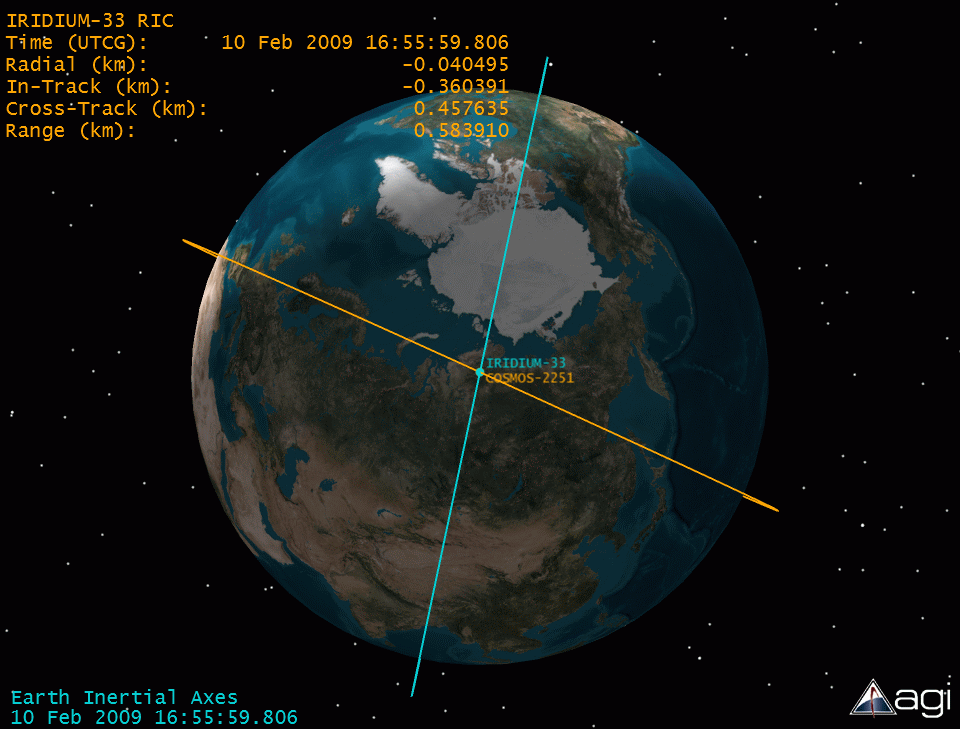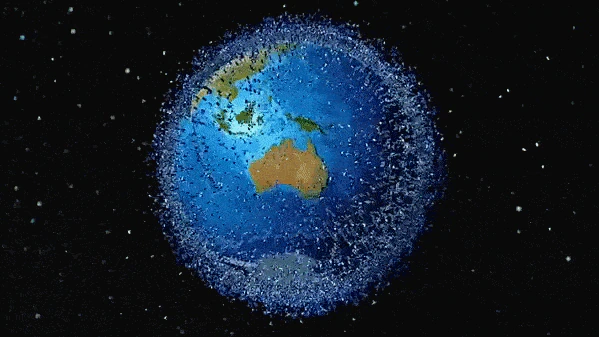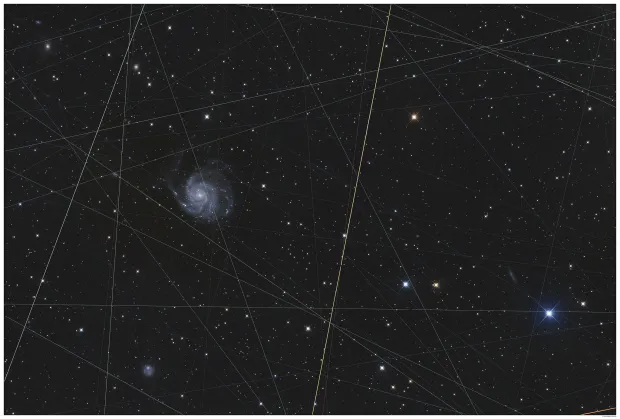On February 10, 2009, a defunct Russian communications satellite named Kosmos-2251 collided with an operational US communications satellite called Iridium 33. The collision occurred approximately 800 kilometers (500 miles) above Siberia. This event marked a milestone in space exploration as it witnessed the first-ever collision between two satellites, serving as a wake-up call to the growing threat of space debris and the risks associated with the overcrowding of space.

The cause of space traffic jams dates back to the earliest days of human space exploration. What began as a sparse scattering of satellites and manned missions soon grew into a bustling expanse of man-made infrastructure encircling our planet. With each successful launch, the number of spacecraft, satellites, and space stations increased, gradually filling the celestial highways with an ever-growing multitude of vehicles.
Space collisions can produce a significant amount of space debris, and potentially interfere with crucial communication and navigation systems
The quest for dominance in space has spurred nations across the globe to deploy their missions and satellites into orbit. While this competitive race propels innovation and technological breakthroughs, it also adds to the overcrowding of space. Next to this, the increase of privateers venturing into space adds to our space traffic.

But why is this a problem? Much like rush hour on Earth, overcrowding in space poses some risks. As the number of satellites in orbit increases, so does the risk of collisions between spacecraft. These collisions can produce a significant amount of space debris, and potentially interfere with crucial communication and navigation systems. Plus, let's not forget the environmental impact of space junk littering our orbital pathways.
By enhancing our ability to predict and prevent collisions, we can help keep our cosmic highways clear and safe for future generations of space travelers
So, what's the solution? One approach is to develop better tracking and monitoring systems to keep tabs on all the objects in orbit around Earth. By enhancing our ability to predict and prevent collisions, we can help keep our cosmic highways clear and safe for future generations of space travelers. Additionally, promoting responsible space practices and regulations can help mitigate congestion in orbit. Next to that, active debris removal and spacecraft maneuvering capabilities, can also contribute to keeping orbital pathways clear.

Overall, a combination of advanced technology, regulatory measures, and international collaboration is crucial in preventing space traffic jams and ensuring the sustainable use of space for future exploration and satellite operations. By working together to establish guidelines for responsible space behavior, we can ensure that our galactic highways stay clear.

Share your thoughts and join the technology debate!
Be the first to comment